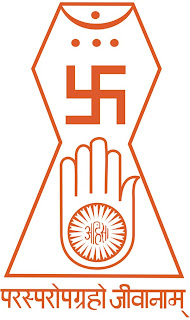Atom Invention and Jainism

The name atom comes from the Greek "ἄτομος"— átomos (from α-, "un-" + τέμνω - temno , "to cut" [ 2 ] ), which means uncuttable, or indivisible, something that cannot be divided further. [ 3 ] The concept of an atom as an indivisible component of matter was first proposed by early Indian and Greek philosophers. The nature of atoms in philosophy varied considerably over time and between cultures and schools, and often had spiritual elements. Nevertheless, the basic idea of the atom was adopted by scientists thousands of years later because it elegantly explained new discoveries in the field of chemistry. [ 7 ] The earliest references to the concept of atoms date back to ancient India in the 6th century BCE , [ 8 ] appearing first in Jainism . [ 9 ] The Nyaya and Vaisheshika schools developed elaborate theories of how atoms combined into more complex objects. [ 10 ] 9 ...
